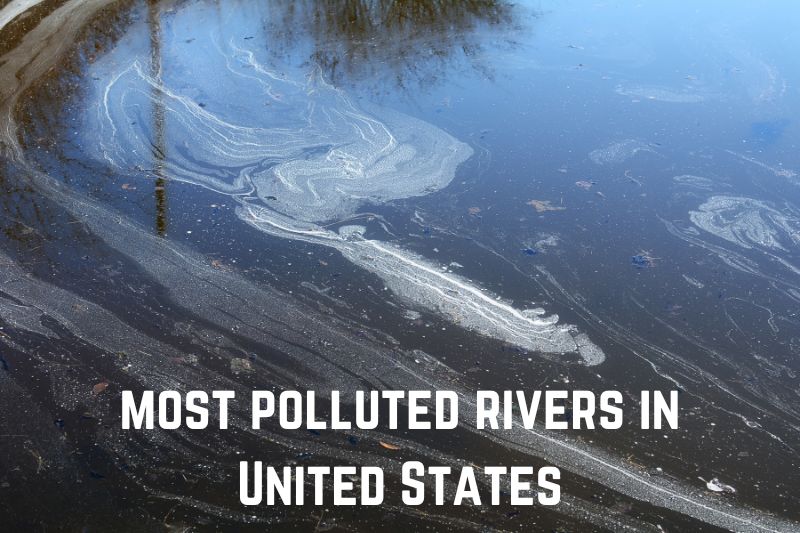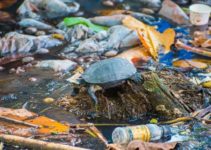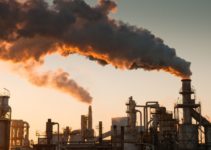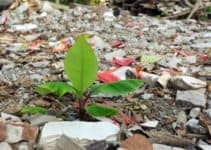River pollution in the USA is a problem that many people are concerned about, but it is not something new. In fact, it has been a problem for some years. The pollution has led to serious health concerns for people living near these rivers, many of whom depend on them for drinking water.
The Environmental Protection Agency (EPA) estimates that approximately 28% of all rivers, lakes, and reservoirs are impaired due to pollution. Almost every state has at least one or more rivers polluted by mercury or other toxic chemicals.
In this blog post, we will list and discuss the most polluted rivers in the US and examine why the rivers are getting polluted.
Read: Top 21 Most Polluted Rivers Around the World in 2023
13 Most Polluted Rivers in the US
The most polluted rivers in the US include Calcasieu, Ohio, Mississippi, Savannah, Tennesse, Harpeth, Holston, Cuyahoga, Willamette, New River, Rock, Buffalo, and Delaware. Below, we will look more into these rivers.
1. Calcasieu River
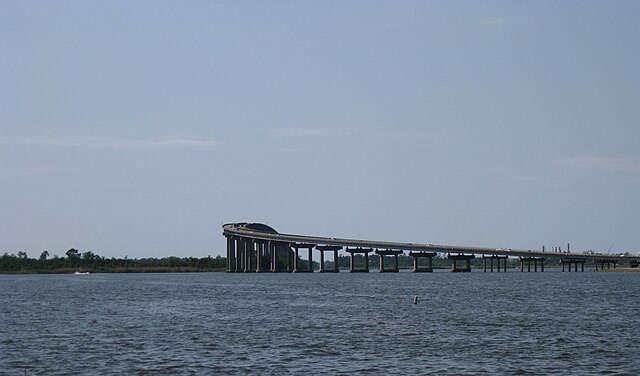
The Calcasieu River is one of the most polluted rivers in the United States. It runs through Lake Charles and is a popular place for fishing and boating. The river’s pollution comes from the oil and gas industry and the discharge of industrial waste from plants that produce chemicals, plastics, and rubber products.
The Calcasieu River is a popular fishing destination for many people in Louisiana. It is also home to many wildlife species, including birds, fish, turtles, and alligators. The river is also known for its recreation opportunities and beauty.
2. Ohio River
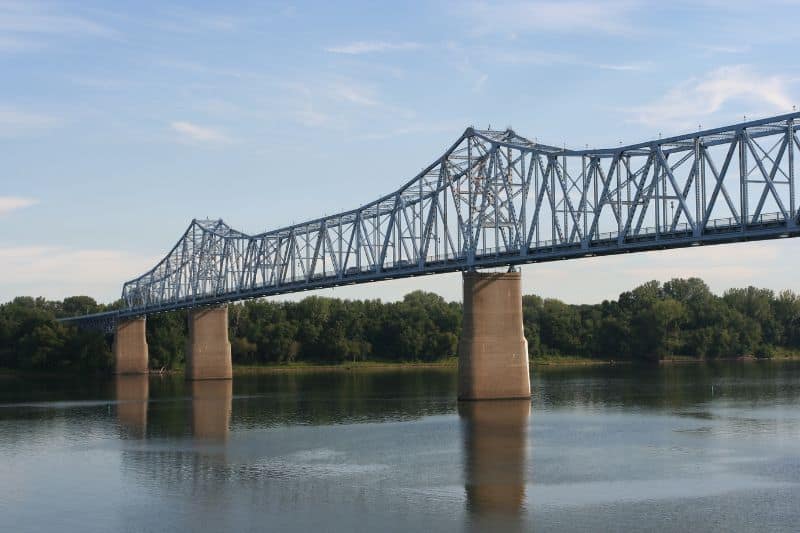
The Ohio River is one of the most polluted rivers in the United States. The Ohio River flows through six states, including Pennsylvania, West Virginia, Ohio, Indiana, Illinois, and Kentucky. It also flows into the Mississippi River.
The Ohio River is polluted with many different types of contaminants. Some of these include industrial waste, sewage, and other chemicals. The pollution in the river can cause serious health problems for people who live near it or use it as a source of drinking water.
3. Mississippi River
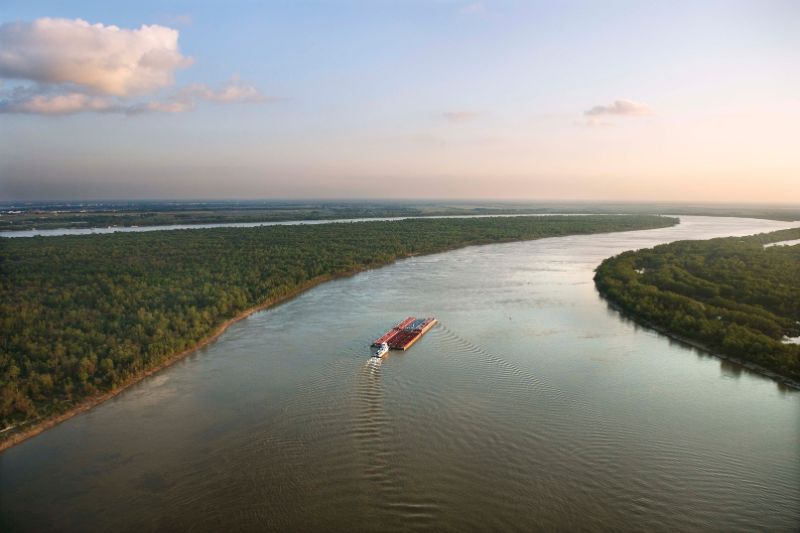
The Mississippi River flows from Minnesota to the Gulf of Mexico. It is 2,340 miles long and drains more than half of the country’s water supply.
The Mississippi River has been called America’s most polluted river because it receives waste from more than ten states near its banks. The main contributors to this pollution are agricultural runoff, industrial waste, and sewage.
4. Savannah River
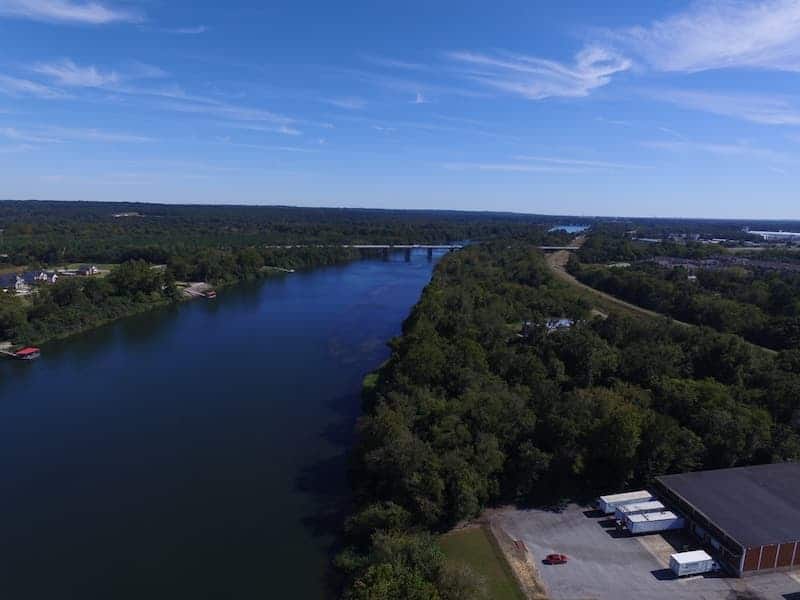
The Savannah River is located in South Carolina and Georgia and is home to many plants and wildlife, but pollution and development have been negatively affected.
The river is home to many species, including fish, birds, reptiles, mammals, amphibians, and insects. However, since it is so polluted, it has become difficult for these animals to survive because their habitats and other factors such as toxic dumping have been destroyed by development.
5. Tennessee River
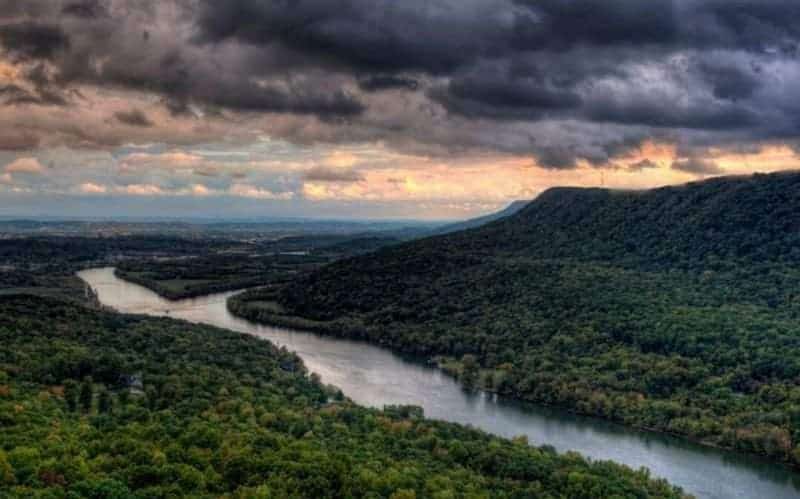
The Tennessee River is one of the largest rivers in North America and has been a major transportation route for people and goods since its founding. It runs from Knoxville, TN, to Paducah, KY, but it suffers from pollution from multiple sources.
One of the most significant contributors to pollution in this river is nutrient pollution, which comes from runoff from farms and lawns. The Tennessee River also has high levels of bacteria and other pollutants that can cause health problems.
6. Harpeth River
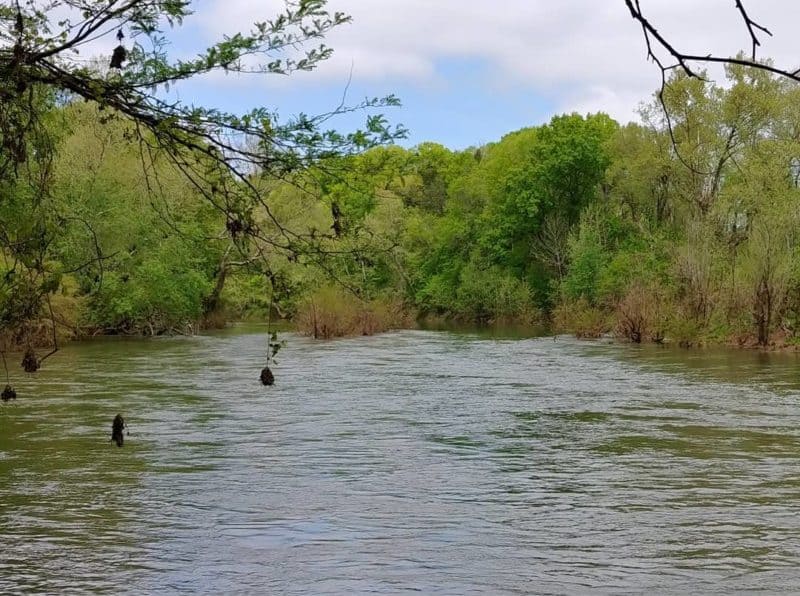
The Harpeth River starts near Harpeth, North Carolina, and flows into the Atlantic Ocean. The Harpeth River is impaired by phosphorus pollution from agricultural runoff and sewage.
Many human activities contribute to phosphorus pollution in this river. Wastewater treatment plants release phosphates into the water, which can then be washed away by rainwater and cause algae blooms on nearby lakes and rivers. Phosphorous from fertilizer also flows into the water from farms, yards, and golf courses.
7. Holston River
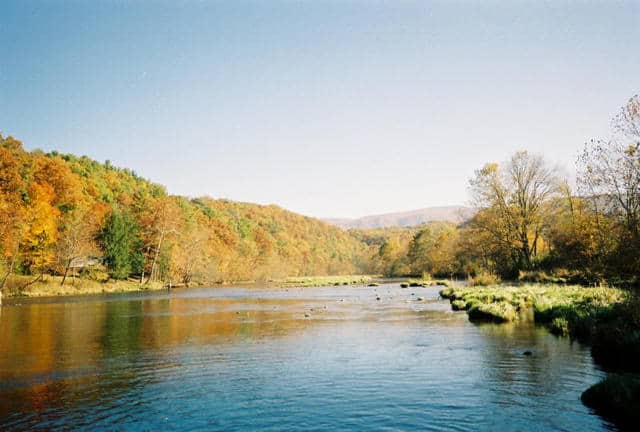
The Holston River is a tributary of the French Broad River, which flows into the Tennessee River. It is located in Tennessee and Virginia.
The Holston River is one of the most polluted rivers in the United States. It was ranked as one of America’s most polluted rivers. The water quality of this river has deteriorated over time due to industrial pollution from coal mining operations in Anderson County and Johnson City, Tennessee, as well as sewage effluent from an aging sewer system in Kingsport and Johnson City.
8. Cuyahoga River
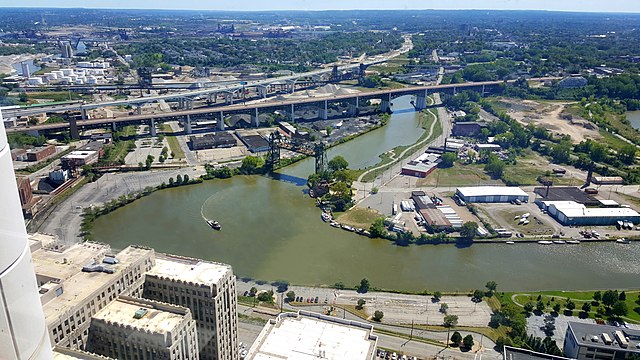
The Cuyahoga River flows through Ohio and empties into Lake Erie. The river became famous for catching fire many times and was also subject to heavy industrial pollution over the years. In recent years, there have been efforts to clean up the river, but it remains one of America’s most polluted waterways.
Furthermore, this river has some of the highest pollution levels in the country and is home to many toxic chemicals that are harmful to humans and animals alike.
9. Willamette River
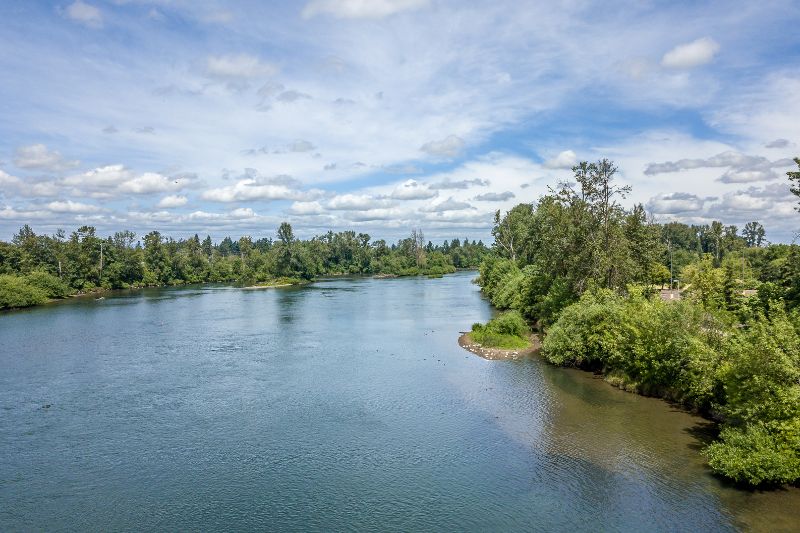
The Willamette River is also one of the most polluted rivers in the US. This is because of the large industrial and agricultural pollution built over time.
The river’s source is in Linn County near Oregon City, flowing south through downtown Portland and into the Columbia River. The Willamette River Watershed Council estimates that about 2.5 million people live within its watershed, which covers about 11,500 square miles.
10. New River
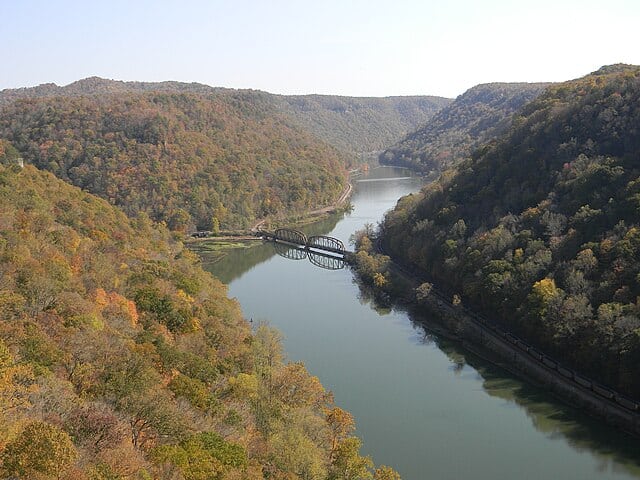
The New River is a river in the southeastern United States that flows through the states of North Carolina, Virginia, and West Virginia. It is approximately 360 miles (580 km) long and is one of the oldest rivers in North America.
The New River is known for its scenic beauty, recreational opportunities, and diverse wildlife. It is a popular destination for fishing, kayaking, canoeing, and camping. The New River Gorge in West Virginia is also popular for rock climbing and whitewater rafting.
Unfortunately, like many other rivers worldwide, the New River has been impacted by pollution. The sources of pollution in the river include agricultural runoff, industrial waste, and sewage.
11. Rock River
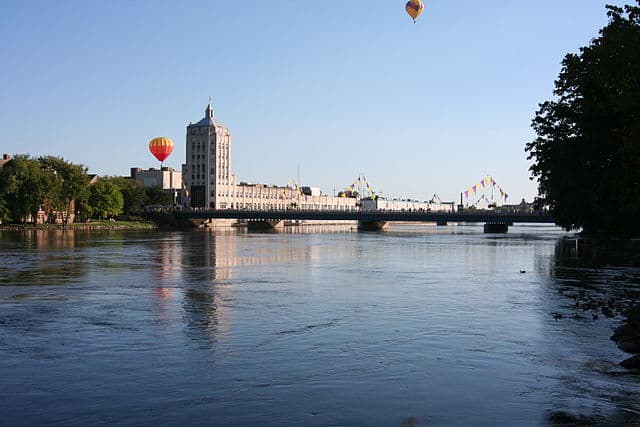
The Rock River is a tributary of the Mississippi River. It flows through portions of Illinois and Wisconsin. The Rock River is considered one of the most polluted rivers in the United States.
The Rock River was once a popular place to swim, boat, and fish, but now It is considered unsafe for any human contact due to its high levels of mercury, PCBs, and other chemicals.
12. Buffalo National River
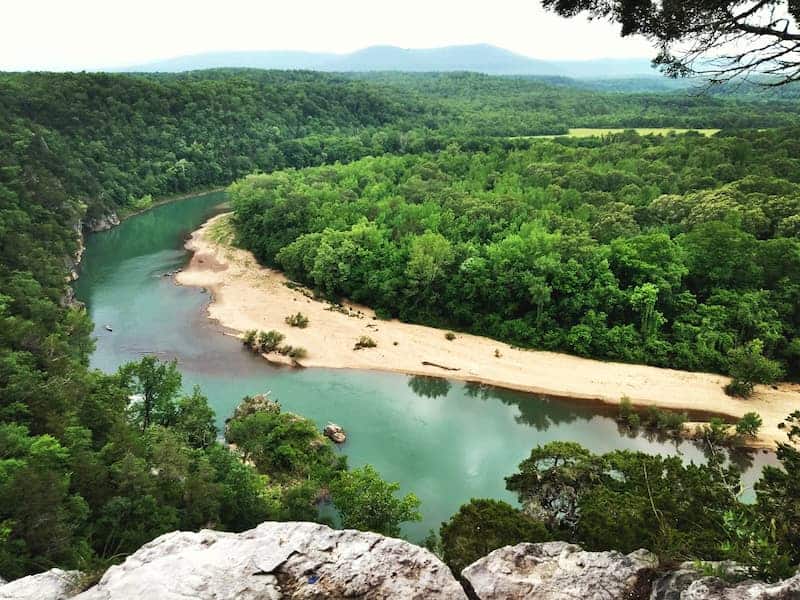
The Buffalo National River is a river that runs through northern Arkansas and into southern Missouri. It is known for its clear water, white sand beaches, and abundant wildlife, including bears and bald eagles.
But despite its beauty and charm, this river has some major issues. American Rivers ranked it as part of the most polluted river in the United States in 2019. The pollution comes from agricultural runoff, wastewater treatment plants, and mining operations.
13. Delaware River
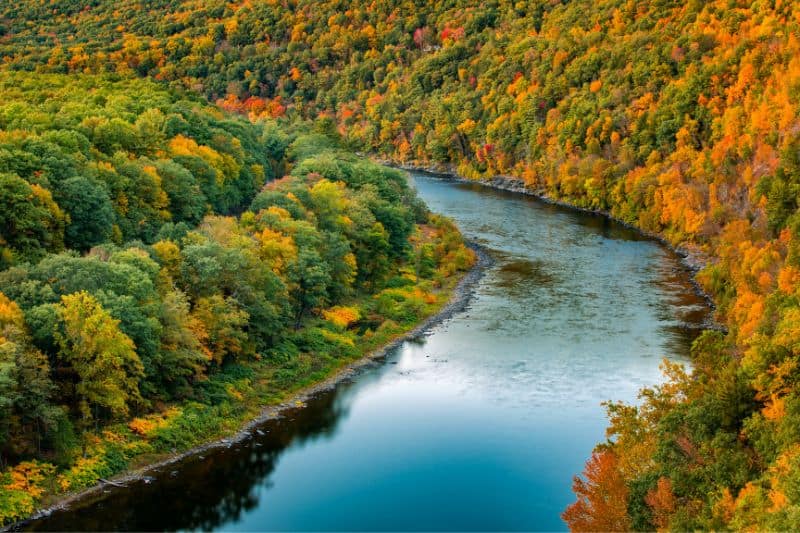
The Delaware River flows from New York through Pennsylvania, New Jersey, and Delaware, where it meets the Atlantic Ocean.
The Delaware River is polluted with sewage overflow from nearby cities, industrial waste, and agricultural runoff from farms along its banks. The river has been affected by these sources of pollution for decades now, but recently things have gotten even worse because of climate change.
Climate change has led to increased rainfall in some areas, which means more stormwater runoff into rivers like the Delaware River. This runoff contains high levels of pollutants such as nitrogen and phosphorous, which cause algae blooms that can lead to dead zones where nothing can survive (i.e., fish).
These dead zones harm wildlife and humans who rely on clean drinking water or recreational activities like fishing or swimming in lakes contaminated by these blooms.
How Do Rivers Get Polluted?
Human activities like agriculture, mining, and industry naturally pollute rivers. These activities often result in runoff from agricultural fields or mines that contains harmful materials such as pesticides, fertilizers, and heavy metals. When this runoff flows into rivers, it can cause serious damage to aquatic life.
Below are some other ways rivers can get polluted:
Global warming
Global warming is the biggest cause of pollution in rivers. When the water temperature rises, it becomes more acidic and corrosive, so it can dissolve pollutants more easily. The increased rainfall that results from global warming also causes soil erosion and runoff into nearby streams and rivers. This can lead to an increase in heavy metals like mercury being released into waterways through erosion.
Sewage and Wastewater
Sewage and wastewater are two of the biggest sources of river pollution. Sewage is waste that contains human or animal feces, urine, and other organic matter. Wastewater is water from homes and businesses containing chemicals and pollutants from cleaning products, food processing in restaurants, and even hair dye. Wastewater can also contain hazardous materials like heavy metals and chemicals used in manufacturing. These chemicals can have serious effects on ecosystems as well as humans.
Another way rivers get polluted is from improper waste disposal. People often dump garbage and other types of waste into rivers without thinking about what will happen if it gets there. This garbage can contaminate the water and cause it to become dirty or polluted with chemicals that aren’t safe for humans or animals to drink.
Oil Leaks and Spills
Oil spills and leaks are the most common cause of river pollution. When oil is spilled into a body of water, it can cause much damage to the ecosystem. It can kill fish, plants, and other species living in the water. Oil can also be toxic when it mixes with water because it contains harmful chemicals to humans and animals.
Agriculture
Agricultural activities, such as growing crops and raising livestock, result in various pollutants entering rivers. These pollutants include pesticides and fertilizers, which can harm aquatic life if not properly disposed of.
These chemicals can end up in the water system when they wash off fields during rainstorms, after irrigation, or wash down the drain during normal cleaning procedures.
Radioactive Waste
Radioactive waste is any waste that contains radioactive material. Radioactive waste comes from nuclear power plants and weapons manufacturing facilities. Radioactive materials are different from other types of hazardous wastes because they emit radiation, which can cause harm to people and the environment.
Radioactive waste is dangerous to people and wildlife because it can release harmful environmental radiation. It is hazardous when it gets into groundwater or surface water, where it can harm animals and people who drink it or eat food grown in the water.
Synthetic soaps and detergents
Synthetic soaps and detergents are two types of chemicals that pollute rivers. Both chemicals have been found to harm aquatic life and destroy ecosystems when they enter rivers and streams. Synthetic soaps, such as dishwashing liquid, are made from petroleum products.
They can be found in many household cleaning products. Detergents, like laundry detergent, are made from petrochemicals. They can be found in many laundry products.
Conclusion
The US has many rivers that are polluted, but there are also many ways to improve the condition of our waterways. Pollution can be stopped by reducing the use of pesticides and fertilizers and removing waste from streams and other bodies of water. It is essential for everyone who lives near water sources to understand what kind of pollution affects them so we can all start working together towards a cleaner environment.
